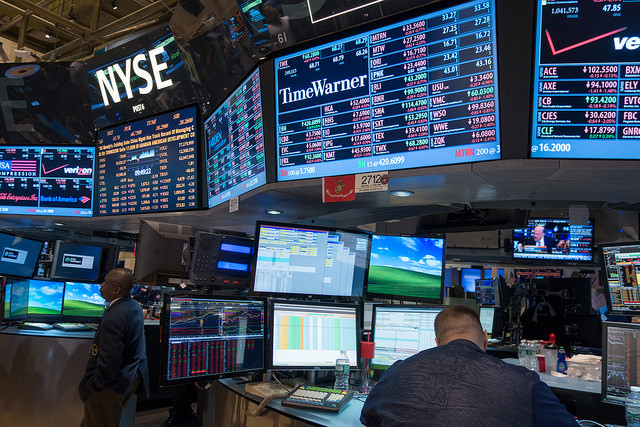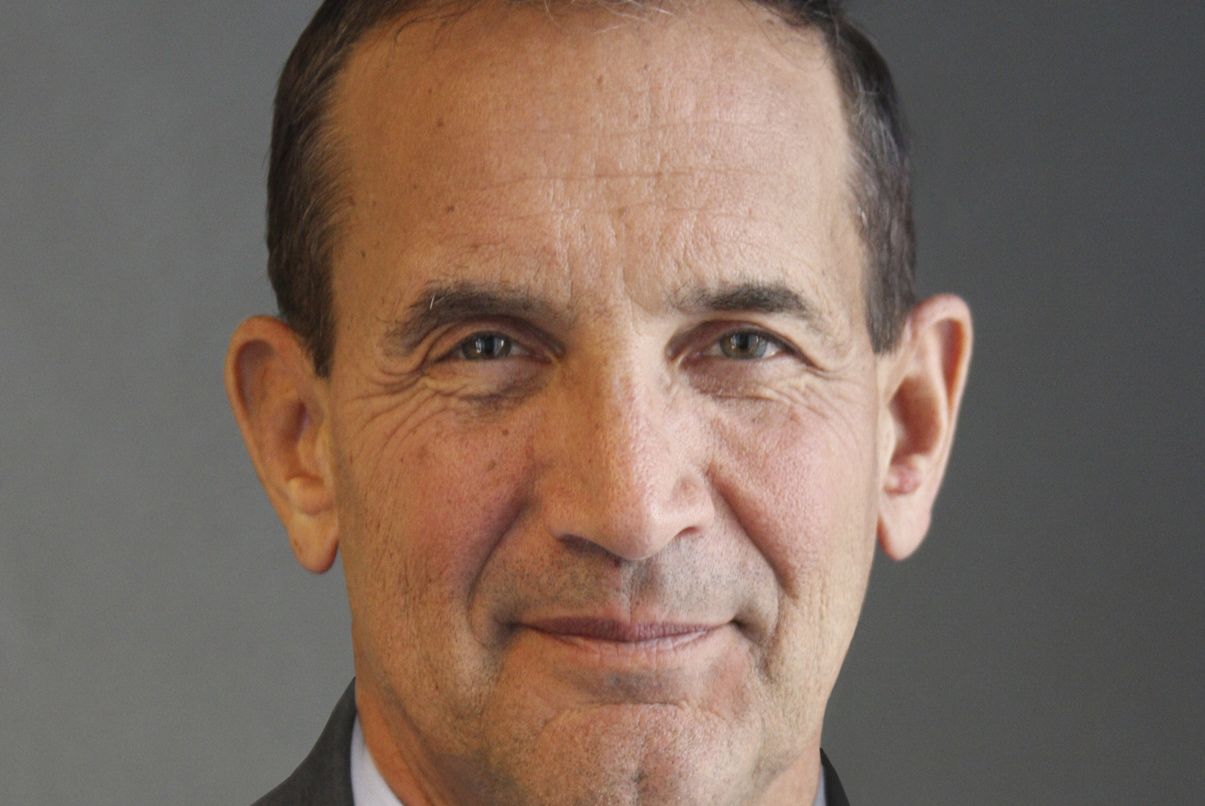We are now more than six years into one of the longest-lived — though least-loved — business cycles in history. Markets have shown a much greater ability than the public to shake off the effects of the global financial crisis. Why is this? If you listened to the pundits, you’d think they have been held aloft by nothing but a combination of hot air and central bank liquidity. But that couldn’t be further from the truth. It has been profits, not punditry, that have driven markets to new highs. Since the market bottom in early 2009, the value of the S&P 500 has tripled. Not coincidently, S&P 500 company profits have tripled as well.
Earnings of large multinational corporations — like those in the S&P — have been propelled by the productive use of labor and capital, rapid asset turnover, low energy costs and, yes, the historically low cost of capital, thanks to accommodative central bank policies.
In recent months, however, profits have begun to flag, and with them my confidence in the market’s upward trajectory. The drag on profits and earnings seems to be coming from two sources. The first is excess global manufacturing capacity, particularly in China. In the developed markets, production is quick to respond to changes in demand. Demand in China does not respond as quickly, given the political realities there. This leaves excess capacity in the global economy, which tends to depress pricing power, not just for Chinese companies but worldwide.
A second factor that has weakened profits is tepid consumer demand. I had expected the “energy dividend” from spending less on gas and home heating to translate into greater demand from consumers in developed markets. But we’ve actually seen a significant percentage of that energy dividend going into savings rather than back into the economy. At the same time, energy costs have begun to rise, suggesting more downward pressure on consumer demand down the road. That could further crimp topline growth for many companies.
That lack of topline growth has translated into weak capital expenditures at big global companies. That’s a worrisome sign, since in my view, capex is the main driver of jobs and profits.
Here are the conditions I’d need to see before venturing back into riskier assets:
While we wait to see if these occur, I’d advise investors to be cautious with new money. My concern is not that recession is imminent in 2016, but that we’re facing a prolonged profits drought which could disrupt margins and returns. This could become the new theme for the final years of a market cycle that, while remarkable, could become even less loved.
James Swanson is Chief Investment Strategist at MFS Investment Management.



